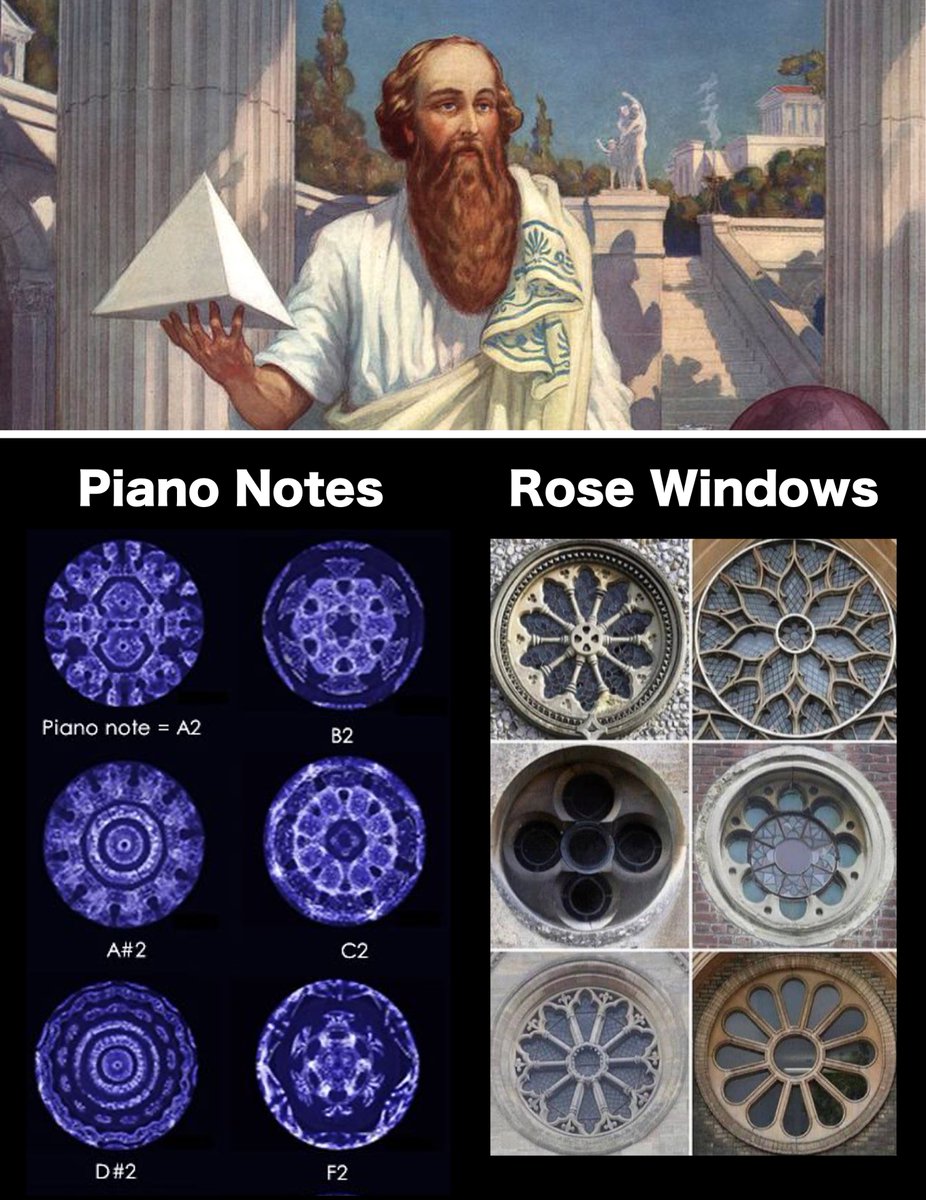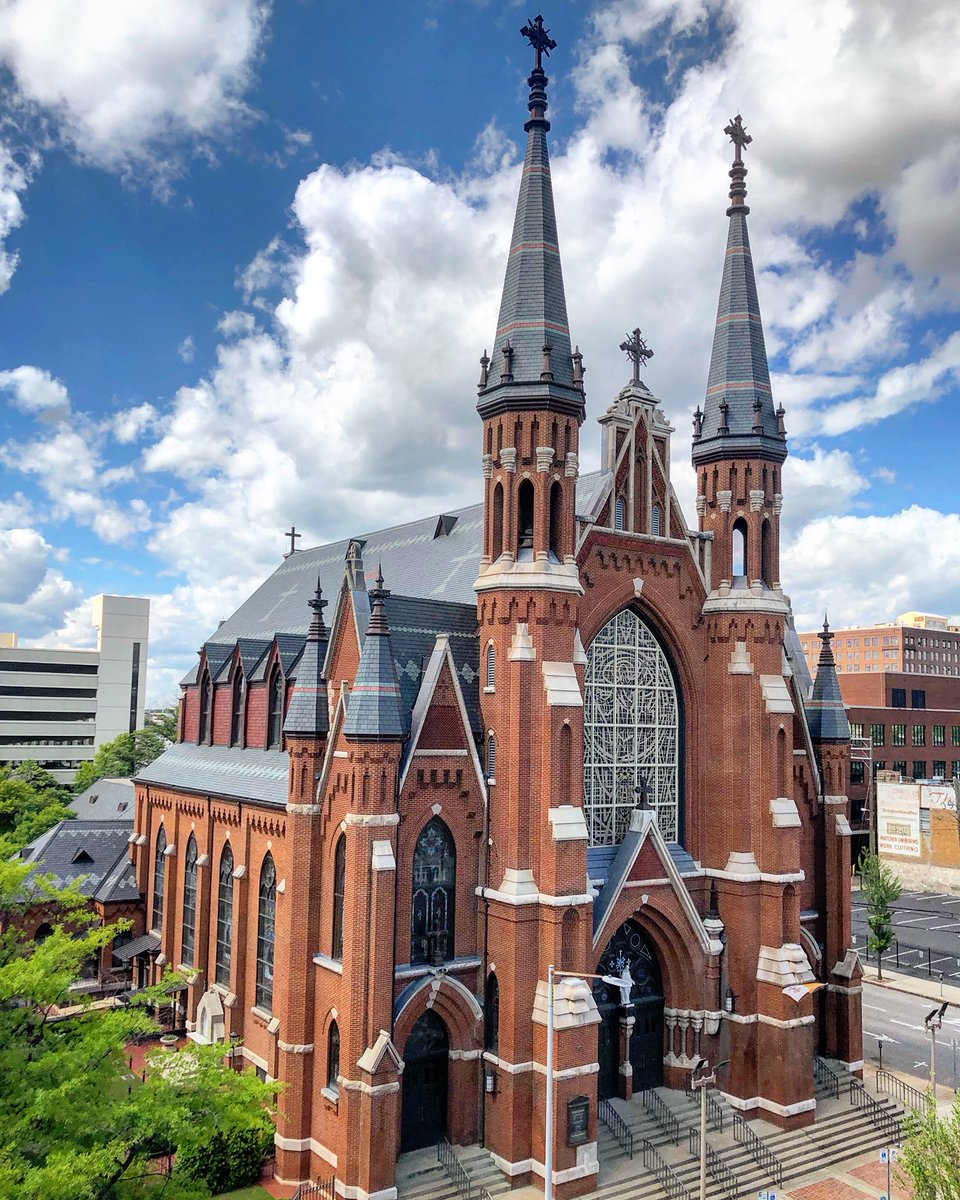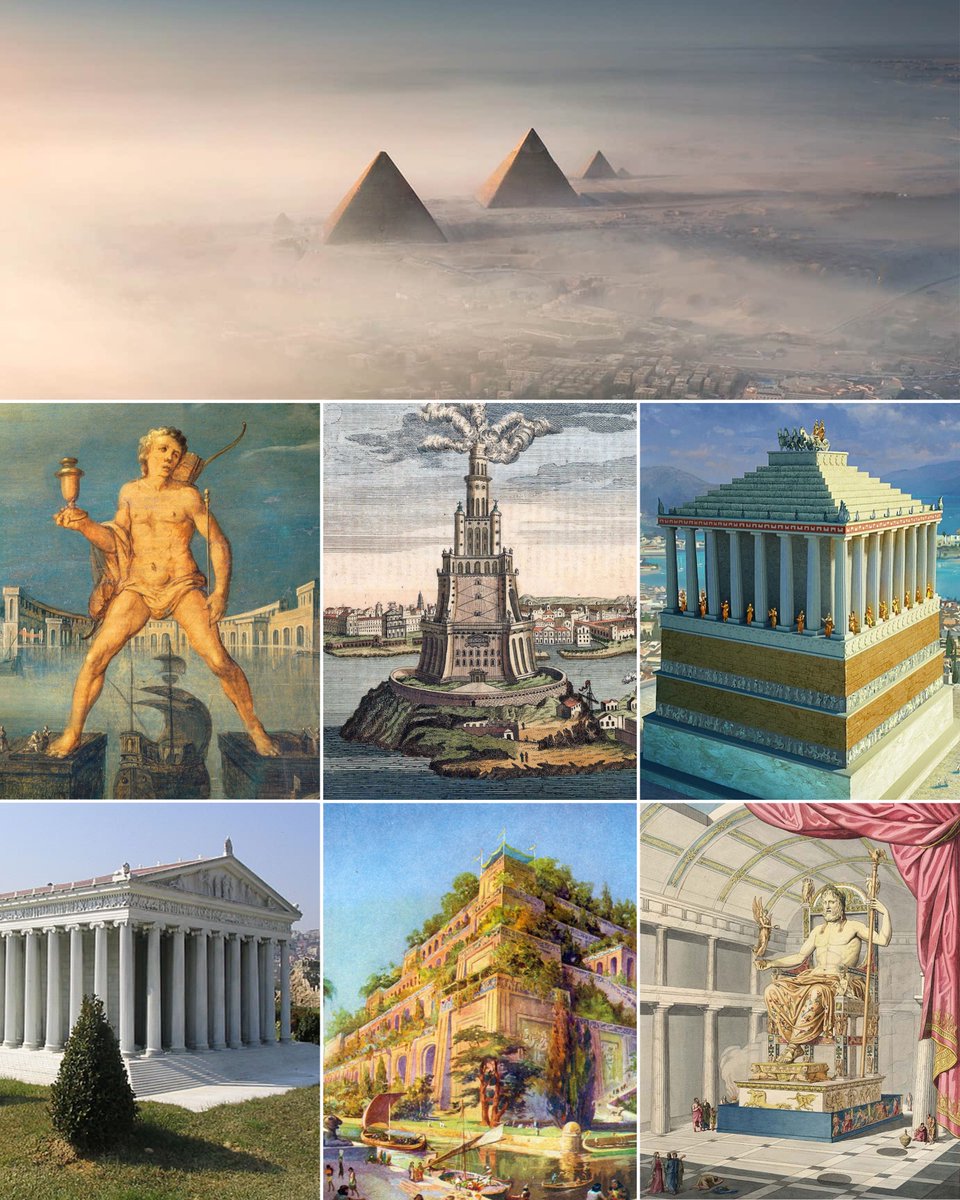Did you know the Mona Lisa has a twin?
You don't realize how bad a state it's in until you see the two side-by-side.
And it shows why restorations in art are a major problem… (thread) 🧵
You don't realize how bad a state it's in until you see the two side-by-side.
And it shows why restorations in art are a major problem… (thread) 🧵

The Mona Lisa desperately needs to be restored. Its varnish has left it badly discolored and it continues to deteriorate.
But the varnish can't be replaced without risking taking Leonardo's incredibly fine layers away with it.
But the varnish can't be replaced without risking taking Leonardo's incredibly fine layers away with it.

Luckily, we know how it would look when new — there's another version in Madrid, painted by a student of Da Vinci.
And since Lisa has lost them in the original, we can see how her eyebrows would've looked...
And since Lisa has lost them in the original, we can see how her eyebrows would've looked...

The copy was far better kept through the centuries, protected from light and dirt and uncovered in 2012.
The paintings are very similar, but the Madrid version lacks the subtle "sfumato" Leonardo used to blur borders and infuse it with mystery.

The paintings are very similar, but the Madrid version lacks the subtle "sfumato" Leonardo used to blur borders and infuse it with mystery.


It's tempting to see this and think how many great works we might be able restore to glorious effect — perhaps Géricault's Raft of the Medusa?
But there's a big problem with this...
But there's a big problem with this...

When the Sistine Chapel ceiling was restored in the 1980s there was uproar.
It returned far more vivid, but the restorers went too far, removing carbon black they thought to be soot — but was intended as shadow.

It returned far more vivid, but the restorers went too far, removing carbon black they thought to be soot — but was intended as shadow.


Michelangelo did himself use bright colors, but his original shadowing and definition was lost.
Restorers even botched some of the details entirely, and several of Christ's ancestors lost their eyes in the process.
Restorers even botched some of the details entirely, and several of Christ's ancestors lost their eyes in the process.

When a painting is damaged, restorers clearly must make a judgment on how the original work looked.
But when Leonardo's Last Supper was restored, errors were also made...
But when Leonardo's Last Supper was restored, errors were also made...

As we can see from a copy of the original made by a pupil of Da Vinci (right), the restoration moved Christ's sleeve atop the table, not beneath it.
An immaterial difference perhaps, but not what Leonardo intended.
An immaterial difference perhaps, but not what Leonardo intended.

On the flip side, restoration can reveal something intended by the original painter and later covered up.
When Van Eyck's Ghent altarpiece was magically restored, something unexpected was found...
When Van Eyck's Ghent altarpiece was magically restored, something unexpected was found...

His Lamb of God had been painted over by a later artist to enhance its realism (left).
Restorers revealed what its eyes were originally supposed to look like — and put them back.
Restorers revealed what its eyes were originally supposed to look like — and put them back.

The benefit of restoration is that art too damaged to be enjoyed can be saved: Leonardo's Salvator Mundi had its overpaint removed, tears fixed, and most of the face repainted.
But then is it really still a Leonardo?
But then is it really still a Leonardo?

To restore a painting while staying true to the painter is impossible — as Ruskin said, you can no more restore a masterpiece than you can raise the dead.
Should we really put ourselves in the shoes of old masters and presume to know what they knew?
Should we really put ourselves in the shoes of old masters and presume to know what they knew?

As skilled as restorers are, could anyone paint Lisa's enigmatic smile as Leonardo did?
Even his own pupil couldn't manage it. The Madrid version evidently is smiling, whereas Da Vinci's sfumato has you endlessly guessing.

Even his own pupil couldn't manage it. The Madrid version evidently is smiling, whereas Da Vinci's sfumato has you endlessly guessing.


The Mona Lisa will probably never be restored. The Louvre has made a circus act of it, and nobody dares touch it.
It would have to be removed from display for months and the museum won't dare risk its footfall.
It would have to be removed from display for months and the museum won't dare risk its footfall.

It might be too late anyway — Leonardo's fine layering beneath the varnish might be too fragile to risk.
Should we restore works or shouldn't we?
Or should we conserve them better in the first place...

Should we restore works or shouldn't we?
Or should we conserve them better in the first place...


If you enjoy threads like this, I go deeper in my FREE newsletter.
Do NOT miss this week's email!
98,000+ people read it: art, history and culture 👇
culture-critic.com/welcome
Do NOT miss this week's email!
98,000+ people read it: art, history and culture 👇
culture-critic.com/welcome
And if these breakdowns interest you, please give the thread a retweet! 🙏
And I'll keep doing more of them...
And I'll keep doing more of them...
https://x.com/Culture_Crit/status/1867247862729375786
• • •
Missing some Tweet in this thread? You can try to
force a refresh

























